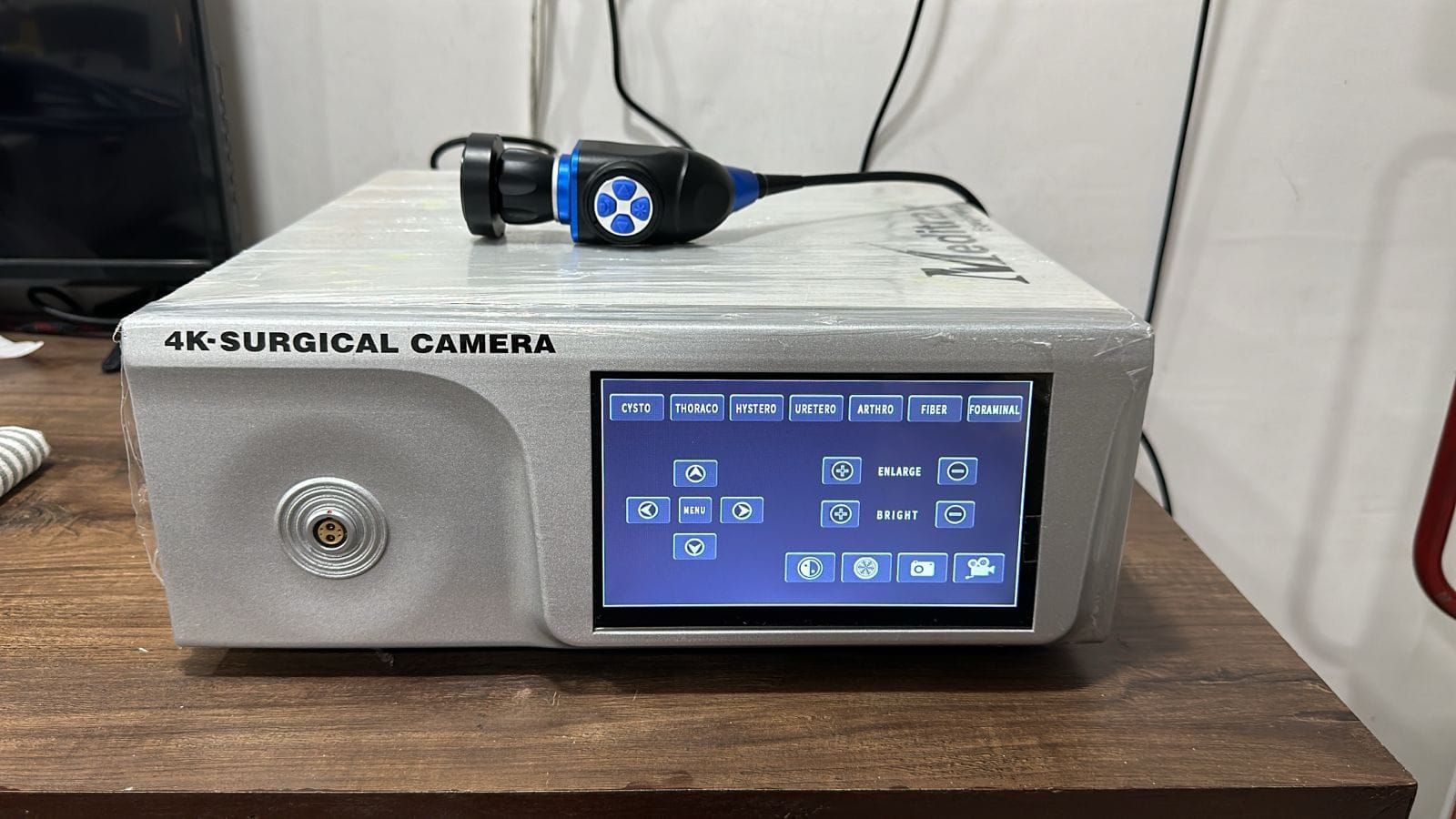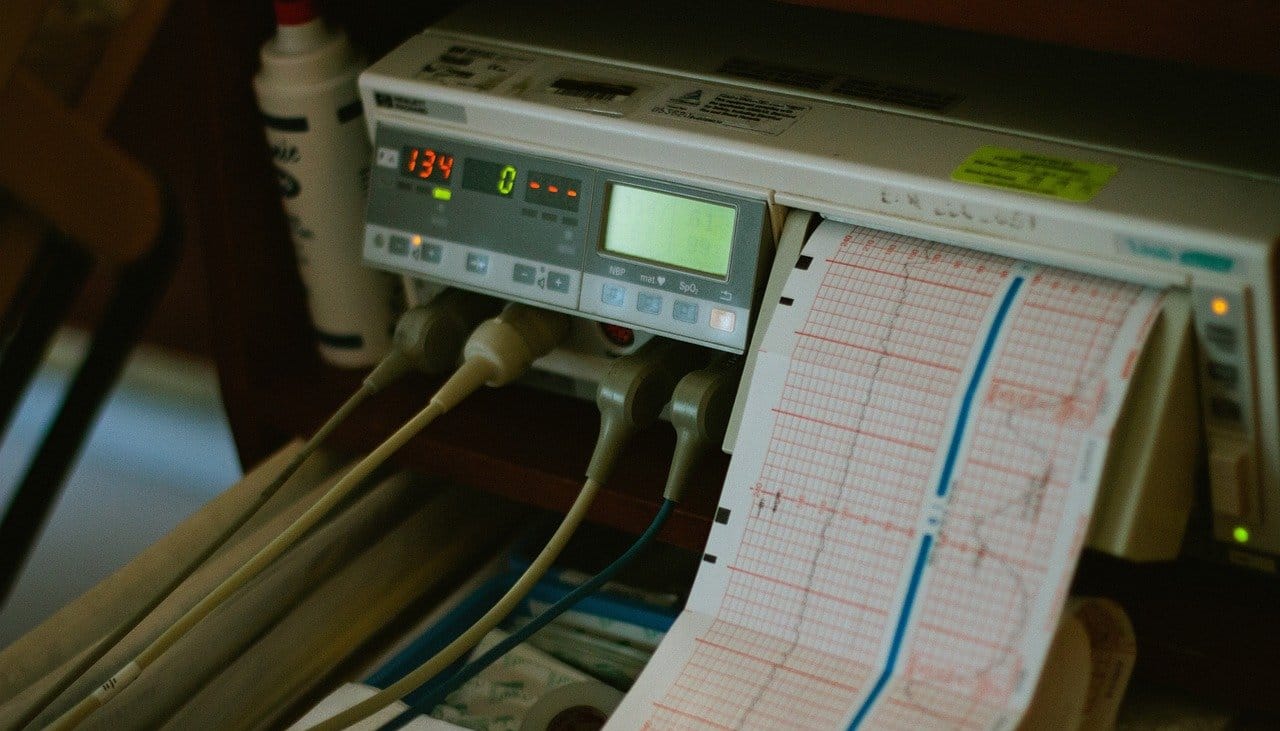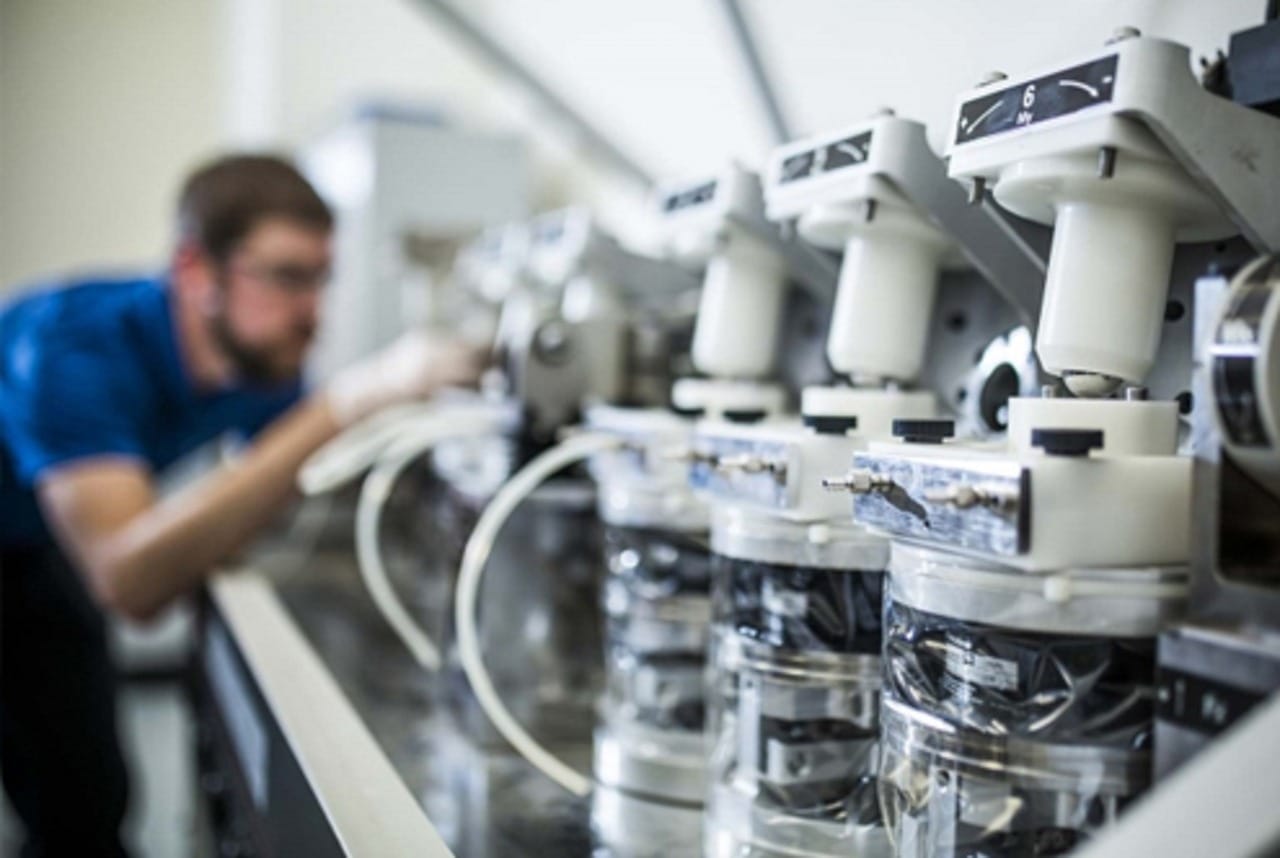Endoscopy has transformed modern medicine by providing minimally invasive solutions for diagnosing and treating various conditions. By offering clear visuals of internal organs, endoscopy allows healthcare providers to identify, monitor, and address health issues with precision. The effectiveness of these procedures relies on the type of endoscopy used and the tools employed.
In this blog, we’ll explore the most common types of endoscopy procedures, their applications, and the equipment needed to perform them. Additionally, we’ll highlight the advanced endoscopy solutions provided by Endoscopcam, a trusted name in diagnostic equipment, ensuring the highest standards of care.
What Is Endoscopy?
Endoscopy is a procedure where a flexible tube equipped with a camera and light is inserted into the body to examine organs and tissues. It is widely used across various specialties, including gastroenterology, urology, gynecology, ENT, and surgery.
Endoscopy tools vary depending on the procedure but generally include:
- Endoscopes: Rigid or flexible tubes with cameras.
- Light Sources: LED or xenon lights for illumination.
- Monitors: High-definition displays for real-time visualization.
- Specialized Attachments: Tools for biopsies, polyp removal, or stent placement.
Types of Endoscopy Procedures and Their Applications
1. Gastroscopy (Upper GI Endoscopy)
Application: Gastroscopy is used to examine the esophagus, stomach, and duodenum (upper part of the small intestine). It helps diagnose:
- Acid reflux
- Peptic ulcers
- Tumors
- Bleeding in the digestive tract
Tools Required:
- A flexible gastroscope with a high-definition camera
- Suction and irrigation systems
- Biopsy forceps for tissue sampling
Endoscopcam’s Insight: Their high-resolution gastroscopy cameras deliver sharp visuals and true-to-life color accuracy, ensuring the early detection of conditions like ulcers or gastric cancers.
2. Colonoscopy
Application: Colonoscopy is performed to examine the large intestine (colon) and rectum. It is critical for:
- Screening for colorectal cancer
- Identifying polyps
- Diagnosing inflammatory bowel disease (IBD)
Tools Required:
- A long, flexible colonoscope
- Air insufflation systems to expand the colon for better visibility
- Polyp retrieval devices
Endoscopcam’s Contribution: Their colonoscopy solutions integrate advanced imaging technology and ergonomic designs, allowing practitioners to conduct procedures with minimal discomfort for the patient.
3. Bronchoscopy
Application: Bronchoscopy examines the airways and lungs. It is used for:
- Diagnosing lung infections
- Detecting tumors or obstructions
- Removing foreign objects
Tools Required:
- A bronchoscope with narrow-band imaging for enhanced visualization of blood vessels and tissues
- Biopsy tools and suction devices
Endoscopcam’s Edge: Their portable bronchoscopes are lightweight and provide clear visuals even in intricate airway structures, aiding in precise diagnoses.
4. Laparoscopy (Abdominal Endoscopy)
Application: Laparoscopy is used to examine the abdominal cavity, often for surgical interventions. Common applications include:
- Diagnosing abdominal pain
- Treating hernias
- Removing gallbladders or tumors
Tools Required:
- A laparoscope with a wide-angle lens
- Trocar systems for instrument insertion
- High-powered LED lighting
Endoscopcam’s Strength: Their laparoscopic solutions feature high-definition visuals and durable designs suitable for extended surgical use.
5. Cystoscopy
Application: Cystoscopy examines the bladder and urethra. It is frequently used for:
- Diagnosing urinary tract infections (UTIs)
- Detecting bladder stones
- Evaluating hematuria (blood in urine)
Tools Required:
- A rigid or flexible cystoscope
- Irrigation and drainage systems
- Instruments for stent placement
Endoscopcam’s Expertise: Their cystoscopy systems combine advanced optics with user-friendly designs, making diagnostics and treatments more effective.
6. Hysteroscopy
Application: Hysteroscopy focuses on examining the uterus. It is widely used for:
- Diagnosing abnormal bleeding
- Removing fibroids or polyps
- Evaluating infertility
Tools Required:
- A hysteroscope with a small-diameter camera
- Biopsy and retrieval instruments
Endoscopcam’s Perspective: Their compact hysteroscopes offer excellent maneuverability and sharp visuals, enhancing accuracy during gynecological procedures.
7. ENT Endoscopy
Application: ENT endoscopy is used for the diagnosis and treatment of ear, nose, and throat conditions, such as:
- Sinusitis
- Vocal cord issues
- Foreign object removal
Tools Required:
- Nasal endoscopes or laryngoscopes
- Narrow-band imaging (NBI) for detailed visualization of blood vessels
Endoscopcam’s Advantage: Their ENT endoscopy tools feature portable designs and high-quality imaging systems, enabling precision in even the most delicate areas.
Why High-Quality Tools Matter
The success of endoscopy procedures heavily depends on the quality of equipment. High-resolution visuals, durable designs, and compatibility with advanced imaging technologies are essential for:
- Accurate diagnoses
- Shortened procedure times
- Enhanced patient comfort and safety
Low-quality equipment, on the other hand, risks missed diagnoses, patient discomfort, and increased maintenance costs.
Why Choose Endoscopcam for Endoscopy Tools?
Endoscopcam is a leader in providing cutting-edge endoscopy solutions tailored to the needs of healthcare professionals. Here’s what sets them apart:
- Comprehensive Range: From gastroscopy to laparoscopy, their tools cover all major endoscopy applications.
- Advanced Imaging Technology: Their cameras offer unparalleled clarity and color accuracy for precise diagnostics.
- User-Friendly Designs: Lightweight, ergonomic systems enhance operator comfort during lengthy procedures.
- Affordability: They deliver high-quality tools at competitive prices, making advanced diagnostics accessible.
- Reliable Support: From installation to training and maintenance, Endoscopcam ensures you have the support you need to excel.
Conclusion
Understanding the different types of endoscopy procedures and their applications is crucial for optimizing patient care. High-quality tools tailored to specific diagnostic and therapeutic needs ensure accurate results, enhanced safety, and improved patient outcomes.
With Endoscopcam’s innovative solutions, healthcare providers can confidently perform various endoscopy procedures, knowing they have reliable, state-of-the-art equipment. Whether you’re upgrading your existing setup or expanding your diagnostic capabilities, trust Endoscopcam to deliver the tools that set the standard in endoscopy care.
Enhance your practice today—because better tools mean better outcomes for your patients.




